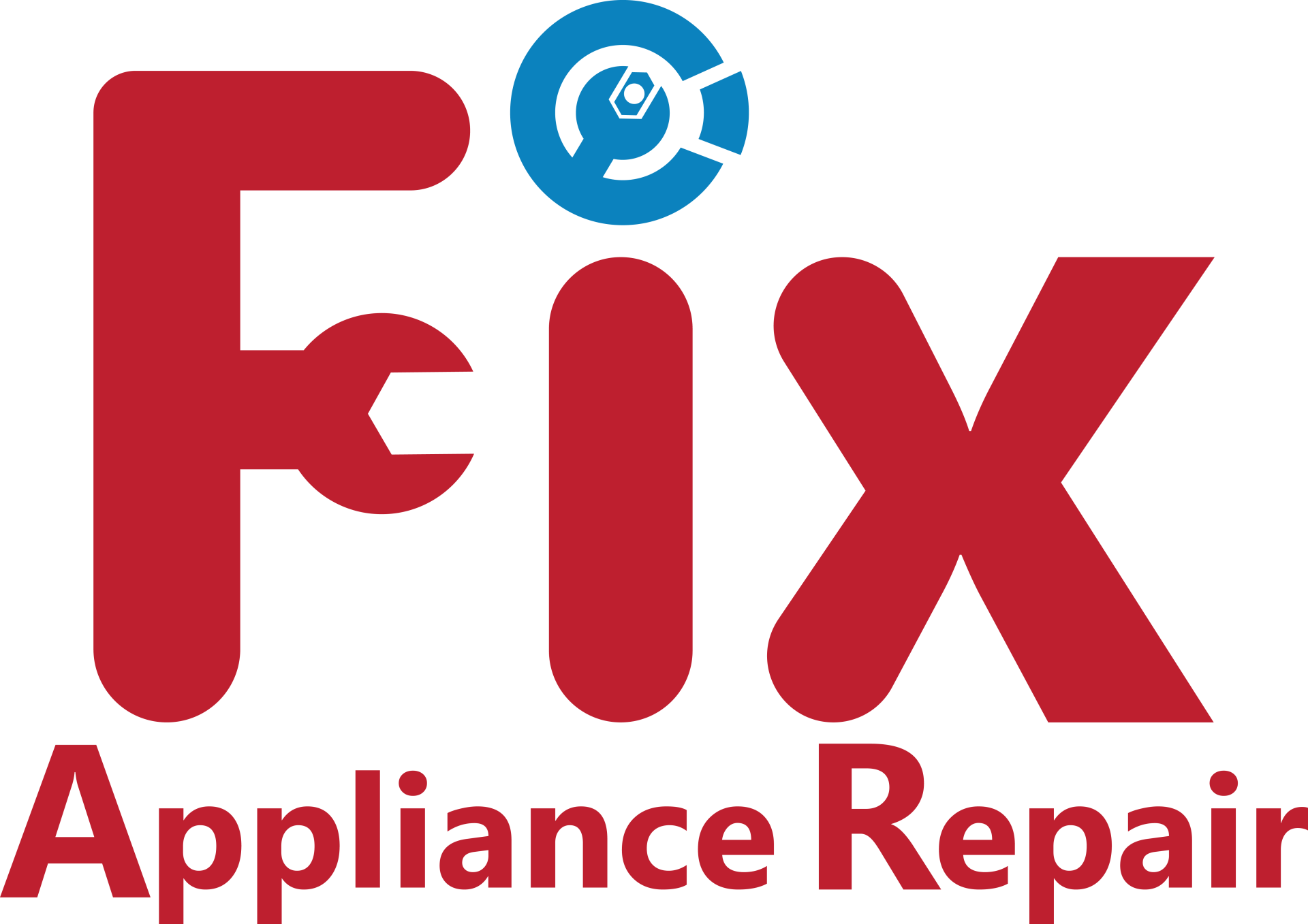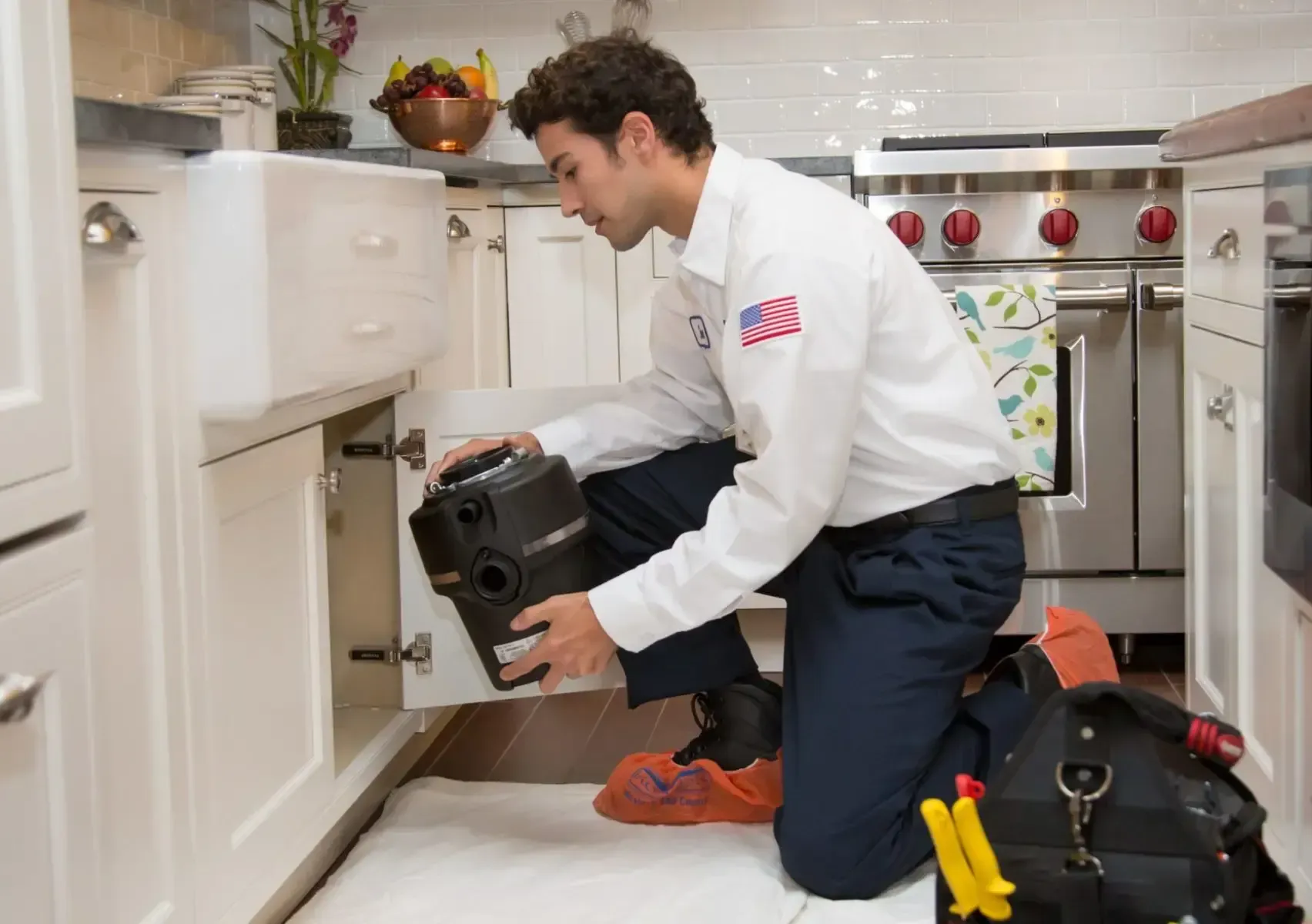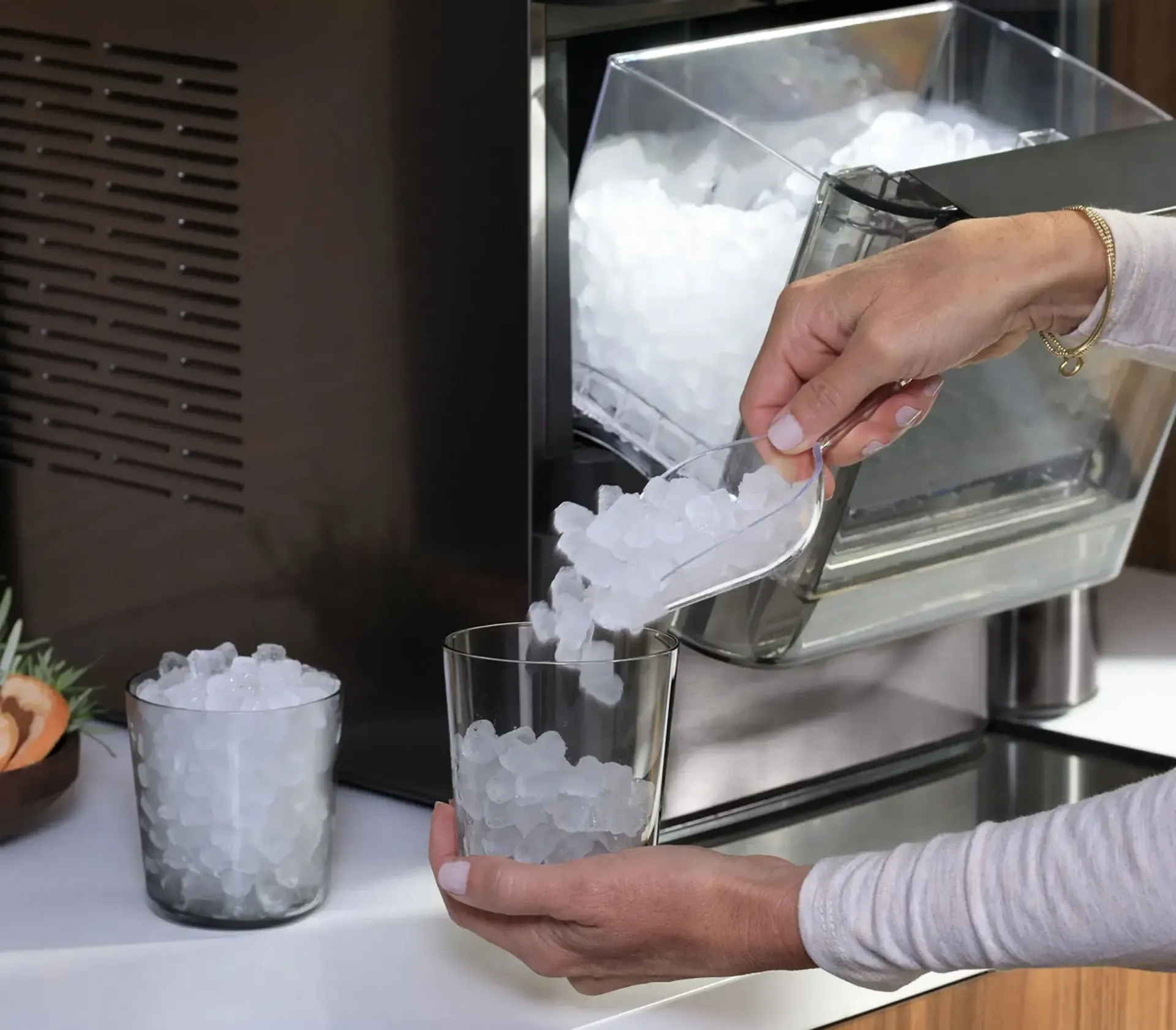The oven is the cornerstone of every kitchen's culinary skill; it is the hallowed location where recipes come to life and tastes meld into a perfect symphony. Its warmth not only permeates the space but also lends a touch of enchantment to every dish—be it the delicious roast for a Sunday feast or the golden crust of freshly baked bread. But sometimes it has malfunctions, which throw off the timing of cooking, leaving us feeling annoyed and inconvenienced.
Considering the associated expenses and disturbances to our daily routines, the idea of requesting professional assistance may seem overwhelming. However, there is a chance for empowerment among these difficulties. With a few
do-it-yourself tricks in your sleeve and a willingness to troubleshoot, you can solve the riddles of oven failures and bring back the pride of the kitchen. Our trusty oven will stay in perfect shape for many culinary adventures to come since we have mastered every troubleshooting tip and revealed every repair secret, saving us not only time and money but also fostering a stronger relationship with our culinary realm.
Common Oven Problems
Prior to delving into do-it-yourself advice, let's list some of the most typical problems that oven owners face:
- Uneven Cooking: Food that is cooked unevenly, with some sections overdone and others underdone, can be caused by temperature fluctuations.
- Oven Not Heating Up: When the oven does not heat up, you may not be able to bake or cook your favorite foods.
- Ineffective Igniter: Gas ovens depend on an ineffective igniter to light the gas and create a flame. The oven may not heat up correctly if the igniter is malfunctioning.
- Not Closing Correctly: An improperly aligned or loose door might cause heat loss and reduce the oven's cooking effectiveness.
- Self-Cleaning Issues: Inappropriate cleaning of the oven may result from self-cleaning feature malfunctions, such as a closed door or broken controls.
Now let us examine some do-it-yourself solutions for these typical oven issues:
DIY Tips
- Uneven Cooking:
- Check the correctness of the oven's temperature settings with an oven thermometer. If required, raise or lower the temperature appropriately.
- To achieve consistent heat distribution, turn baking sheets or dishes halfway through cooking.
- Keep the oven from becoming too crowded as this might interfere with ventilation and cause uneven cooking.
- Oven Not Heating:
- To make sure the oven is getting energy, check the power supply. Make that the fuse or circuit breaker isn't tripped.
- Check for wear or damage on the heating components. To get the heat back, replace any broken parts.
- A multimeter may be used to check the continuity of the oven's thermostat. If your thermostat is broken and not controlling the temperature as it should, replace it.
- Faulty Igniter:
- Before doing any repairs, make sure the oven's gas supply is turned off.
- The igniter is accessible by removing the bottom panel and oven racks.
- Check for damage, discolouration, or cracks on the igniter. When the oven is switched on, a working igniter should glow reddish-orange.
- As directed by the manufacturer, swap out the igniter if it stops glowing or doesn't ignite the gas.
- Door Not Closing Properly:
- Look for rips, cracks, or wear indicators in the door gasket. To guarantee a tight seal, replace the gasket if it is broken.
- To guarantee a smooth and secure closure, adjust the door hinges. As needed, tighten any loose nuts or screws.
- To avoid any food particles or grease obstructing the door's function, clean the door seals and hinges on a regular basis.
- Self-Cleaning Issues:
- To begin the self-cleaning cycle, make sure the oven door is securely closed and latching.
- Inspect the control panel for problems or error codes. If needed, reset the oven by shutting off the power for a short while and then turning it back on.
- See the user manual for your oven for model-specific troubleshooting instructions if the self-cleaning cycle still doesn't function.
Preventive Maintenance Tips
Preventive maintenance can assist keep your oven in optimal operating condition in addition to troubleshooting and repairs:
- Routinely clean the oven to get rid of spills, oil, and food particles that might compromise its functionality.
- Periodically check the hinges and gasket on the oven door for wear and tear, and replace them if necessary.
- Refrain from using strong chemicals or abrasive cleansers since they can harm the oven's exterior or inside.
- To find and fix any possible problems before they get worse, schedule regular checks with a qualified expert.
Mastering Oven Maintenance
While dealing with oven issues might be frustrating, you don't have to be. With the correct tools at your disposal, you can avoid costly service visits and make sure your oven continues to be the unsung hero of your kitchen. Few kitchen tools are as important as the oven when it comes to culinary pursuits. Family get-togethers and important events find their focal point in this holy area that is the kitchen's beating heart. Raw ingredients are converted into mouthwatering delicacies there. Nevertheless, while playing such a crucial role, the oven occasionally has problems that can cause annoyance and impede the preparation of meals.
You may try simple fixes from the comfort of your home, no matter what problem you're having with uneven cooking, an oven that won't get cold, a picky igniter, bothersome door problems, or inconsistent self-cleaning features. As an example, recalibrating the temperature settings or rearranging the rack positions may be all that is needed if your oven cooks food unevenly. A fast inspection of the power supply or a heating element replacement may be all that's needed for an oven that won't heat up. While doors may only need screws tightened or hinges realigned, malfunctioning igniters may frequently be resolved with a comprehensive cleaning or replacement. To control even the infamous self-cleaning feature, which is infamous for its sporadic glitches, make sure adequate air is provided and keep an eye on the duration of the cleaning cycle.
You set yourself up for years of dependable operation and delicious culinary creations by being proactive in troubleshooting and maintaining your oven. Preventing severe difficulties from occurring may be achieved by regular maintenance, which includes cleaning spills quickly, checking for signs of wear and tear, and making sure sufficient ventilation is in place. Furthermore, you may be more confident while performing small repairs by becoming acquainted with the internal mechanisms of your oven through internet resources, user manuals, and instructional videos.
You'll become a cooking expert equipped with these priceless do-it-yourself advice and repair techniques, prepared to take on any oven repair task. So don't worry if your oven has an odd glitch; if you have patience and know-how from your do-it-yourself arsenal, you can overcome any cooking challenge that stands in the way of your culinary adventure. With every meal, let your oven serve as more than simply a tool—rather, consider it a dependable friend in your culinary endeavors, providing warmth, taste, and culinary joy.



